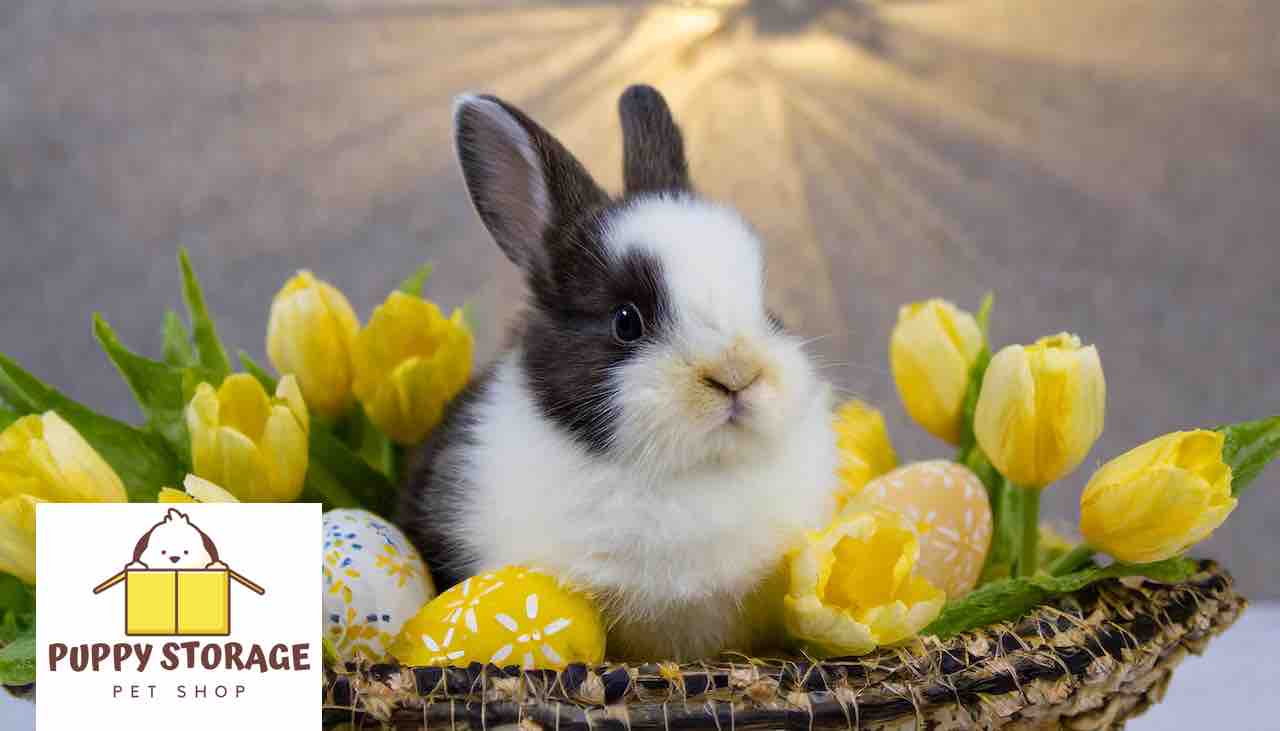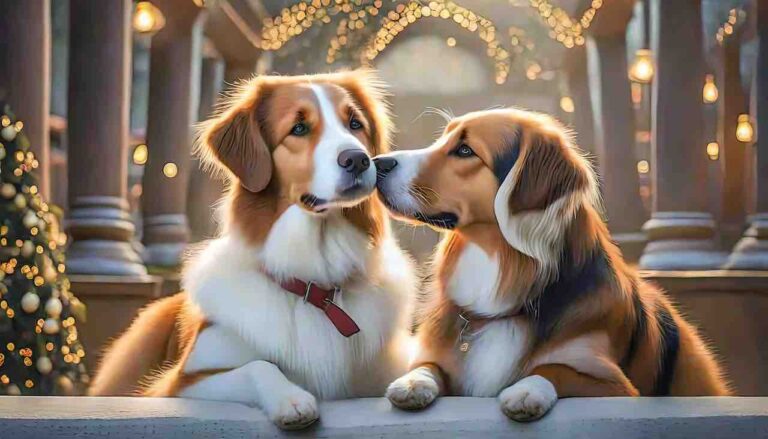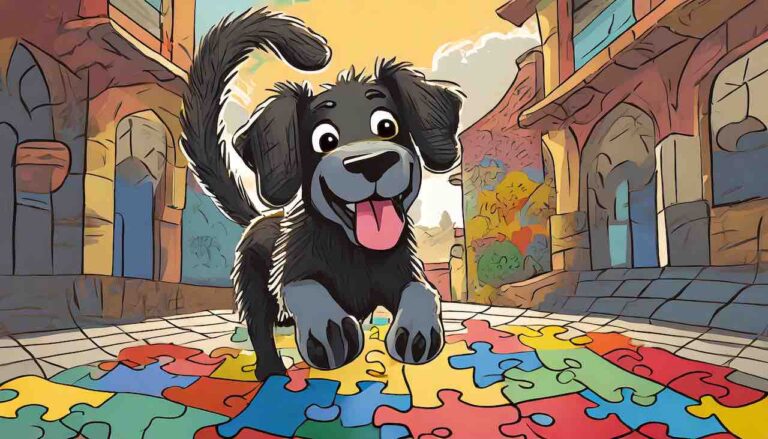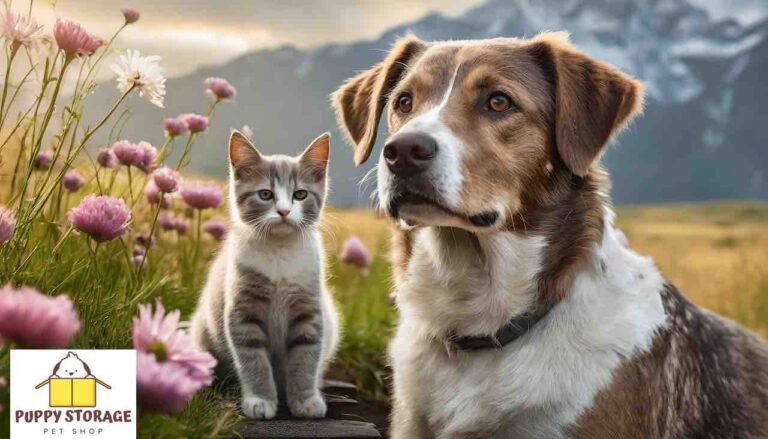From Bunnies and Baby Chicks to the History of Easter
What is the significance of Easter, and why is it such a widely celebrated holiday around the world?
Easter, widely celebrated around the globe, is a holiday with deep historical and cultural roots. Beyond its religious significance, Easter has evolved into a multifaceted celebration marked by various traditions and symbols.
While it holds profound meaning for Christians, representing the resurrection of Jesus Christ, Easter also carries secular customs that contribute to its widespread observance. One such aspect is the association of Easter with symbols like bunnies and baby chicks, which adorn decorations and festivities during this time of year.
These symbols, often seen as representing new life and fertility, have become integral to the holiday’s imagery. However, the origins of Easter date back to ancient traditions and beliefs, intertwining pagan rituals with Christian observances. Understanding the historical context sheds light on the rich tapestry of customs that have shaped Easter into the beloved holiday it is today.
History of Easter
Easter, a cornerstone of the Christian faith, holds profound religious significance as it commemorates the resurrection of Jesus Christ from the dead. For Christians, Easter represents the culmination of the events of Holy Week, beginning with Jesus’ triumphal entry into Jerusalem on Palm Sunday, his Last Supper with his disciples on Maundy Thursday, his crucifixion on Good Friday, and finally, his resurrection on Easter Sunday.
The early Christian celebrations of Easter were closely tied to the Jewish festival of Passover, as Jesus’ crucifixion and resurrection occurred during Passover. The early Christians observed Easter as a time of remembrance and rejoicing, commemorating Jesus’ victory over death and the fulfillment of God’s promises of redemption.
The name “Easter” itself has ancient roots and is believed by some scholars to have pagan origins. It may derive from Eostre, a Germanic goddess associated with spring and fertility. In early Germanic cultures, the arrival of spring was celebrated with feasts and festivals in honor of Eostre, and some of these customs may have been absorbed into Christian Easter celebrations over time.
While the exact origins of the name “Easter” remain somewhat uncertain, its association with the Christian holiday is firmly established, reflecting the themes of rebirth, renewal, and new life embodied in the resurrection of Jesus Christ.
The Symbolism of Bunnies in Easter
The association between Easter and bunnies has become deeply ingrained in modern culture, especially in Western societies where the Easter Bunny is a beloved symbol of the holiday. This tradition traces back to ancient customs and beliefs surrounding fertility and springtime celebrations.
In pagan traditions, rabbits were often associated with fertility and rebirth due to their prolific breeding habits. As the seasons changed and spring approached, ancient civilizations celebrated the renewal of life and the promise of abundant harvests. Rabbits, known for their rapid reproduction, became symbols of fertility and the cyclical nature of life.
The Easter Bunny tradition likely evolved from these ancient pagan customs, blending with Christian Easter celebrations over time. As Christianity spread throughout Europe, it absorbed and adapted existing cultural practices, including those related to seasonal festivities. The Easter Bunny gradually emerged as a playful and whimsical figure associated with Easter, symbolizing the joy and abundance of new life.
Today, the Easter Bunny is a prominent figure in Easter celebrations, particularly in Western countries where it is a cherished part of the holiday. Children eagerly anticipate the arrival of the Easter Bunny, who is believed to deliver baskets filled with candy, eggs, and other treats on Easter morning. The Easter Bunny’s role in Easter festivities has evolved to include egg hunts, Easter parades, and other family-friendly activities, further solidifying its place in the cultural fabric of Easter traditions.
Celebrating Easter with Pets
Easter is a time for joyous celebrations and cherished traditions, and for many pet owners, including their furry companions in the festivities is a must. However, while Easter can be a fun-filled time for families, it’s important to ensure that our pets are kept safe and happy amidst the excitement. Here are some tips for celebrating Easter with pets while prioritizing their safety and well-being:
Easter Treats and Decorations: Keep Easter treats and decorations out of reach of pets, as many of these items can be harmful if ingested. Chocolate, in particular, is toxic to dogs and cats, so be sure to keep any Easter chocolates securely stored away from curious paws. Similarly, decorative items such as plastic eggs, tinsel, and Easter grass can pose choking hazards or cause intestinal blockages if swallowed by pets.
Pet-Friendly Easter Activities: Get creative with Easter-themed activities that you can enjoy with your pets. Consider organizing an egg hunt in your backyard, using pet-safe treats or toys as hidden treasures for your furry friends to find. You can also engage in pet-friendly crafts, such as making Easter-themed toys or decorations together. These activities not only provide mental stimulation for your pets but also strengthen the bond between you and your furry companions.
Easter Pet Safety: Be mindful of your pet’s comfort and safety during Easter gatherings or celebrations. Loud noises, crowds, and unfamiliar environments can be stressful for pets, so provide a quiet and secure space where they can retreat if they feel overwhelmed. Additionally, keep an eye on your pets around Easter decorations, ensuring they don’t chew on electrical cords or ingest any potentially harmful materials.
By following these tips and incorporating your pets into your Easter celebrations in a safe and mindful way, you can create lasting memories and enjoy the holiday together as a loving family.
Conclusion
As we reflect on the joyous celebrations of Easter, it’s important to remember the deep significance of this holiday as a time of renewal and rebirth. Easter holds profound spiritual meaning for Christians worldwide, commemorating the resurrection of Jesus Christ and the promise of eternal life.
Throughout history, Easter has been intertwined with symbols of new life and fertility, such as bunnies and baby chicks. These beloved symbols serve as reminders of the seasonal changes and the promise of growth and abundance that spring brings.
As we partake in Easter festivities, let us not only enjoy the traditions and symbols but also take a moment to reflect on the rich history and meaning behind them. Easter is a time for joy, hope, and gratitude, and by honoring its traditions, we can embrace the spirit of renewal and celebrate the blessings of life.
May this Easter season be filled with love, peace, and happiness for you and your loved ones. Whether you’re enjoying egg hunts, spending time with family, or simply taking in the beauty of nature’s awakening, may you find joy and inspiration in the wonders of this special holiday.





































